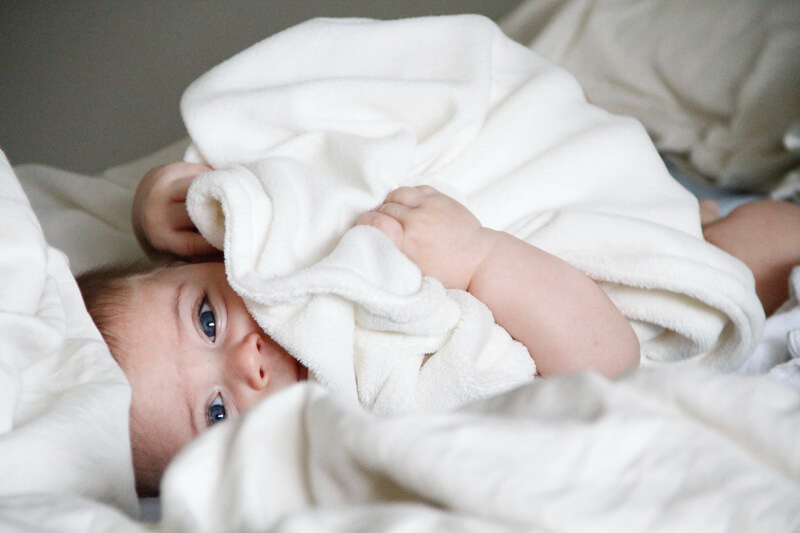
We all know how important yeast is in food. Yeast makes bread rise, donuts fluff, and beer brew.
But did you know we have yeast in our bodies as well as our food?
The yeast in our bodies (Candida albicans) is different from the yeasts used to make bread, beer, and wine (Saccharomyces cerevisiae).
As part of healthy gut bacteria, the yeast in our bodies helps us absorb nutrients and keeps our digestive system running smoothly. But too much yeast can overwhelm our immune systems and result in an uncomfortable infection of the skin, mouth, and genitals.
For breastfeeding parents and their newborns, this infection is known as thrush.
Like most fungi, Candida albicans flourishes in dark, moist, warm places. Most people have a small amount of this yeast in their mouth, digestive tract, and skin.
Good bacteria and other microbes keep yeast production in check, but anything that impacts that balance allows yeast to grow out of control.
So what types of things can disrupt that delicate equilibrium?
Antibiotics are critical tools in the fight against harmful bacteria that cause serious infections, but they also kill the good bacteria that control yeast growth. Because it’s relatively common for new birthing parents and newborn babies to need antibiotics, thrush is also common.
Anything else that depresses the immune system—diabetes, chemotherapy, even a common cold—can result in an overgrowth of yeast. And since infants have immature immune systems, they’re especially susceptible to thrush-causing yeast imbalances.
The first thrush symptom most parents notice in their newborn is increased fussiness and difficulty feeding. Your baby may frequently pull off your breast and cry, or they may even refuse to breastfeed altogether.
If that happens, check inside your little one’s mouth and diaper and look for:
White, velvety lesions are a hallmark symptom of thrush, but it’s normal for breastfed babies’ milky diet to give them white tongues.
To check if the white substance inside your child’s mouth is thrush, wash your hands and wipe their tongue with a soft, clean cloth. If the white cleanly wipes away, it’s likely not thrush.
But if wiping a white spot reveals a dark red, raw, or bleeding patch, it’s time to call your pediatrician.
Sore nipples are par for the course in the early days of breastfeeding. Still, if you have a burning sensation in your nipples, or if you experience dramatically increased pain or tenderness, you may have a thrush infection.
Other symptoms include:
And remember, vaginal yeast infections are also caused by Candida albicans and are common after giving birth. If you notice unusual vaginal itching, burning, swelling, or discharge, schedule an appointment with your healthcare provider.
As annoying as thrush is, treating it is relatively simple. For some people, it even goes away on its own after three or four days.
If your baby needs treatment, your pediatrician will likely prescribe an antifungal medication (Nystatin is the most common) that you paint on the inside of their mouth and on their tongue for about a week.
Nystatin or another antifungal can also be prescribed for your little one’s diaper rash if needed.
Your healthcare provider will also likely recommend an OTC antifungal cream containing miconazole or clotrimazole that you can rub on your nipples between feedings. Depending on your situation and your healthcare provider’s recommendations, you may be prescribed a topical and/or an oral medication, such as fluconazole.
Both mom and baby must be treated to prevent spreading the infection back and forth to each other. Don’t hesitate to ask questions if you’d like to know more about their approach, either!
Additionally, because yeast feeds on sugars, some mothers find reducing the amount of sugar and simple carbohydrates or adding probiotics to their diet helps clear and prevent thrush infections.
Thrush is highly contagious and quickly spreads to other parts of the body (underarms, between fingers and toys, and even in eyelid creases) and can even be passed to other family members. Avoid sharing cups or utensils and bedding during an active infection.
One thing worth noting—because yeast overgrowth can make a thrush infection more likely, and yeast loves warm, dark, moist places, there are several steps you can take to keep that yeast from building up in the first place:
The short answer is yes—you can still breastfeed through a thrush infection, although it will probably be frustrating, even painful, for both of you. But because thrush can also affect your milk supply, it’s wise to breastfeed or pump as much as you can tolerate.
During your treatment period, keep the following things in mind:
Most importantly, remember that this is a short, finite piece of your breastfeeding journey. Even the most conscientious parents have to deal with things like thrush, and while it can be difficult, it won’t last forever.
The experts at Nest Collaborative are Team You. As International Board-Certified Lactation Consultants, we know that everyone’s breastfeeding journey is unique to them. Our primary goal is to help you find the solutions that work for you and your family.
If you’re struggling with thrush, need help establishing a feeding schedule, or are looking for strategies to increase your milk supply, schedule a virtual consultation with one of our caring, knowledgeable consultants today. We’ll meet with you in a secure online space to answer your questions and help you feel empowered to meet your goals.
